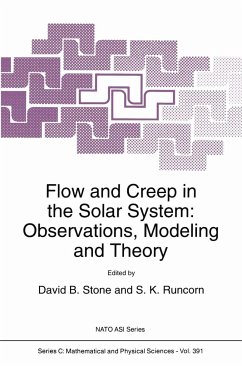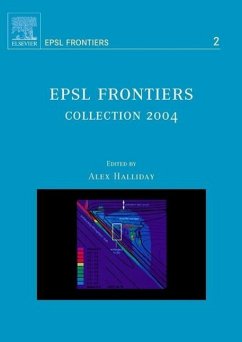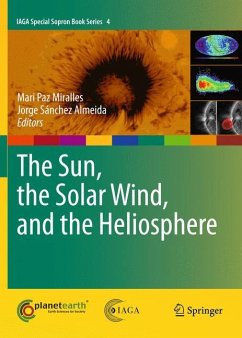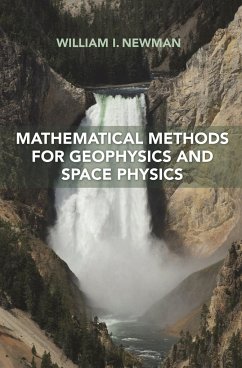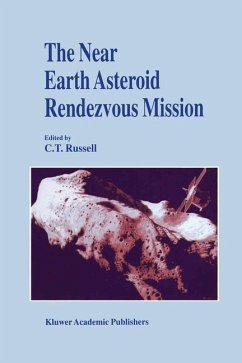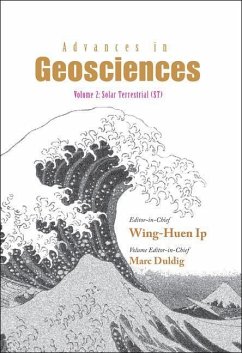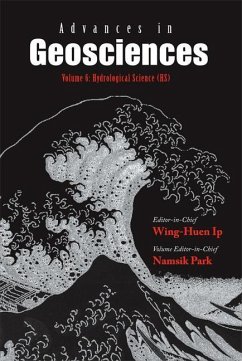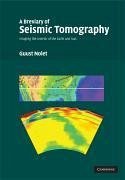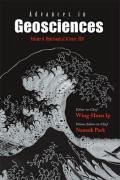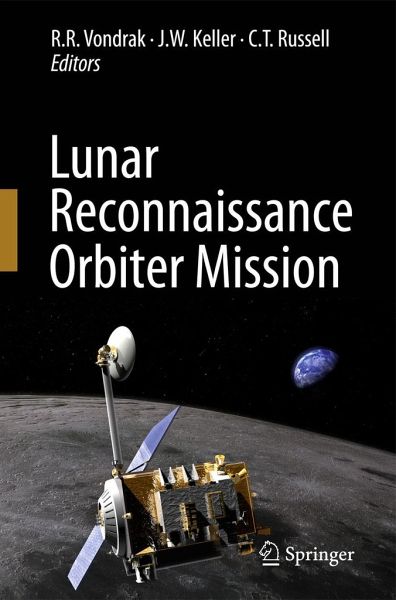
Lunar Reconnaissance Orbiter Mission
Versandkostenfrei!
Versandfertig in 6-10 Tagen
129,99 €
inkl. MwSt.

PAYBACK Punkte
65 °P sammeln!
This book describes the Lunar Reconnaissance Orbiter, its scientific objectives, mission design, flight system, its scientific objectives and the instruments that carry out these investigations. Major objectives of this mission include the search for accessible water; the interior structure of the Moon, its surface chemistry and geophysical processes and the radiation environment. This book is of interest to all those engaged in lunar and terrestrial planetary studies.
The Lunar Reconnaissance Orbiter (LRO) was successfully launched on June 18, 2009 and joined an international eet of satellites (Japan's SELENE/Kaguya, China's Chang'E, and India's Chandrayaan-1) that have recently orbited the Moon for scienti c exploration p- poses. LRO is the rst step to ful ll the US national space goal to return humans to the Moon's surface, which is a primary objective of NASA's Exploration Systems Mission - rectorate (ESMD). TheinitialLROmissionphasehasaone-yeardurationfullyfundedunder ESMD support. LRO is expected to have an extended phase of operations for at least two additional years to undertake further lunar science measurements that are directly linked to objectives outlined in the National Academy of Science's report on the Scienti c Context for Exploration of the Moon (SCEM). All data from LRO will be deposited in the Planetary Data System (PDS) archive so as to be usable for both exploration and science by the widest possible community. A NASA Announcement of Opportunity (AO) solicited proposals for LRO instruments with associated exploration measurement investigations. A rigorous evaluation process - volving scienti c peer review, in combination with technical, cost and management risk assessments, recommended six instruments for LRO development and deployment. The competitively selected instruments are: Cosmic Ray Telescope for the Effects of Rad- tion (CRaTER), Diviner Lunar Radiometer Experiment (DLRE), Lyman-Alpha Mapping Project (LAMP), Lunar Exploration Neutron Detector (LEND), Lunar Orbiter Laser - timeter (LOLA), and Lunar Reconnaissance Orbiter Camera (LROC).





